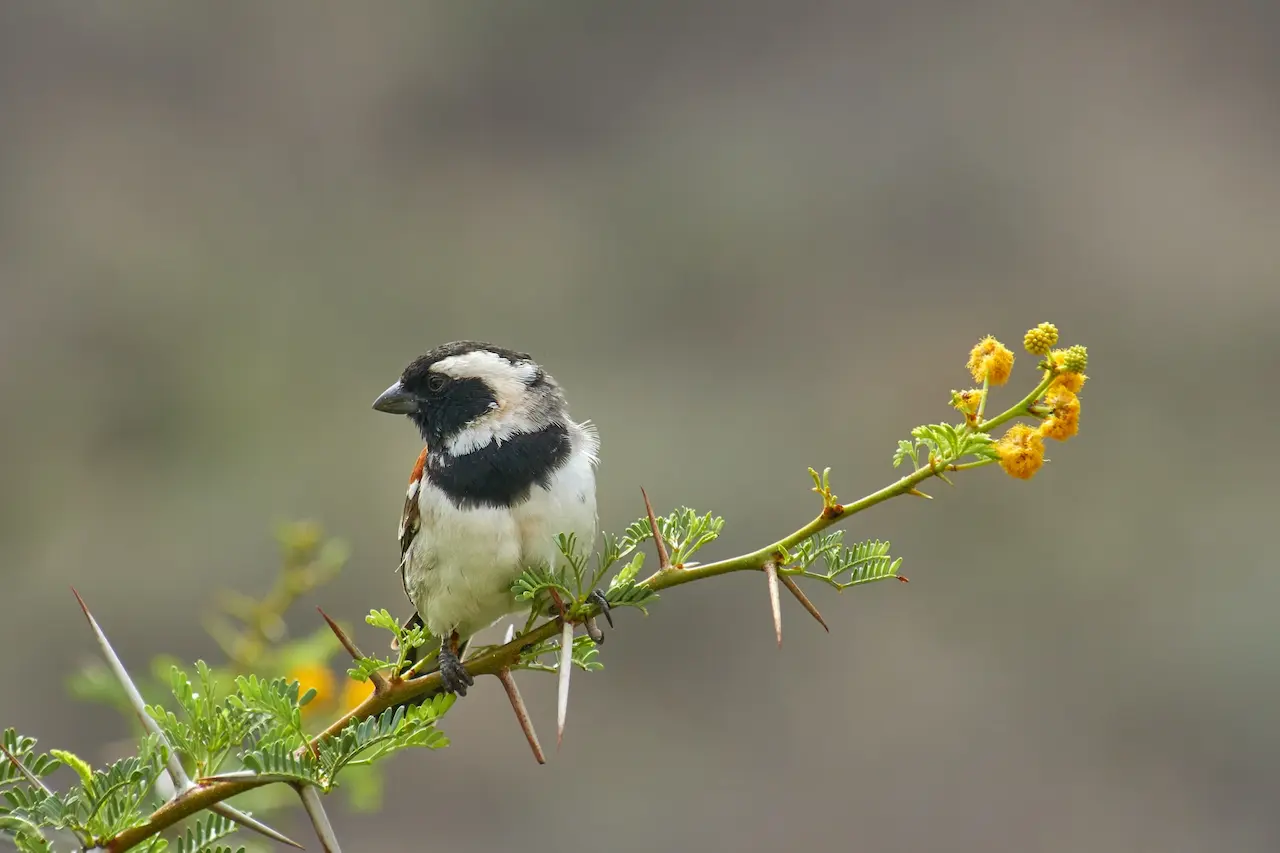Ruby-throated Hummingbird Watching in Kentucky by Ron Toel
On one of my travels, I stopped at the Nature Center at the Land between the Lakes in Kentucky. As I passed through the nature center to their feeding station, I noticed much activity by the hummingbird feeders.
The number of feeders were doubled and they were surrounded on three sides and ceiling by what looked like a shade cloth of some variety. Many people standing around watching what was happening.
My interest was peaked as well. I went to the ranger and asked.
It was the weekend of the LBL bird banding training course and the staff was capturing, banding, and releasing hummingbirds….thus providing all types of unknown information to researchers in mass quantity as well as educating the public about the how’s and why’s
After catching the hummingbird, those who band would weigh it, look at its physical condition and then place a small metal band on its leg.
On this band is a number which was then recorded with the data of the bird and the bird then released. If the bird is found dead at a later date, this number tracts it to the LBL.
They can determine migration routes and how much it has grown, and other information.
In captivity, a Ruby-throated Hummingbird has lived to be 12 years old , but in the wild it is estimated life expectancy is 3-5 years.
It was there that I saw my first hummingbird feather….A shining iridescent green color not much larger than the capital letter beginning this sentence. Talk about delicate…The slightest breeze took it away.
Description
The Ruby-throated hummingbirds physical description varies. The male has an emerald green back with an iridescent ruby red gorget (Throat) that may appear black or violet in different lighting conditions.
They have a white breast and grey hips and a forked tail and appear smaller than the female. The female has a emerald green back and a white breast and gorget. It has a rounded tail outlined in white as well. The juveniles tend to look like the females.
The females are slightly larger but the average length is 3.5 inches long and the average weight 1/8 of an ounce. (As a side light the smallest bird in the world is a bee hummingbird which is a ½ inch in length).
They have a body temperature of about 106 degrees…..a heart rate of 250 beats/minute at rest and as high as 1200 beats/minute when engaged in a chase or escape (I wonder what EKG machine measured that), and breathes at a rate of 250 breaths /minute.
Isn’t the universe amazing to create a body that will withstand that type of physical attributes….man’s body would explode with that load placed on it.
Ruby-throated Hummingbirds in Flight
Their flight speed is normally at 30 miles an hour, and can exceed 50 miles an hour in escaping a predator and can exceed 60 mile per hour on a dive. That feat ranks them high on the fastest animal list.
The hummingbird gets its name from the sound that the wings beat makes as it flies. The beat their wings 40-80 beats per second….thus causing a buuuzzzzzzing sound. To me it is more of a buzz than a humm, however, I believe hummingbird is a much more appealing name than buzz bird.
Distribution / Habitat
The ruby throated hummingbird is generally found in the eastern half of North America. There it is the most common species of the 17 species found in the United States.
Ruby-throats breed throughout the eastern and middle western part of North America. Most winter in southern Mexico and Central America. It is accepted that the northern migration takes place in late February following a route over the Gulf of Mexico. This flight is around 20 hours long.
On the southern migration, most experts think that the hummers follow the Texas coast back to the Yucatan to reach their winter grounds. The males head back as early as August and the female leave in mid September…..
However, the juveniles hang around until the first frost and then disappear. By mid November the migration is completed in North America.
Behavior
The Ruby-Throats are very very territorial and males tend to be overly aggressive toward rival hummers. Most males sit in a nearby tree and protect their food source, whatever it may be.
They will even attack bees and butterflies, and I have seen them attack much larger birds that were investigating “their” feeder. I love to watch the hummer wars….which to us may seem entertaining, but I have witnessed two hummers in action. They were fighting over a feeder and were actually fencing with their bills.
Then suddenly, like a ninja master, one flipped and the next thing I saw …..the two were laying on my deck. The ninja master had one foot wrapped around the opponents beak and the other foot around the throat.
Had I not scared them, I believe death would have come to the less dominate.
Hummingbirds are also very inquisitive. Their favorite color is red. If you have hummers in your area, wear some red…..you WILL be checked out as a new food source.
Breeding / Nesting
There is not much known about the courtship of the Ruby-throated hummingbirds. Once mating occurs the female is left to fend for herself. She build a nest, which is the size of a half dollar, fastened to a branch .
It is constructed on a tree bud and is fastened to the branch with spider silk. It is made of lichens which camouflage it and is lined with the down of thistles or dandelions. Two white, pea shaped eggs are laid….one laid two days before the other. The female will then incubate the eggs as soon as the first egg is laid, and she will do so for the next 15-18 days.
Because of this fact, the first egg hatches two days earlier, fledges earlier but stays close to the nest while waiting for the sibling to fledge. After fledging the female feeds the offspring for about 10 more days before they have to fend for themselves. At this time the offspring is much larger than the parent, because she has had the task and stress of raising her brood. She feeds them not only nectar but also samples of the smallest of the insect world and small spiders.
“Hummingbird” Watching
Bird watching is relaxing and fun, and challenging. Because of their size , speed, and aggressive behavior the Ruby-Throated Hummingbirds are much more challenging to watch, however, if one is lucky, they are also that much more entertaining.
Set up a feeder….filled with 4 parts water and one part sugar…..and enjoy one of God’s most amazing and beautiful creatures.
Article by: Ron Toel





